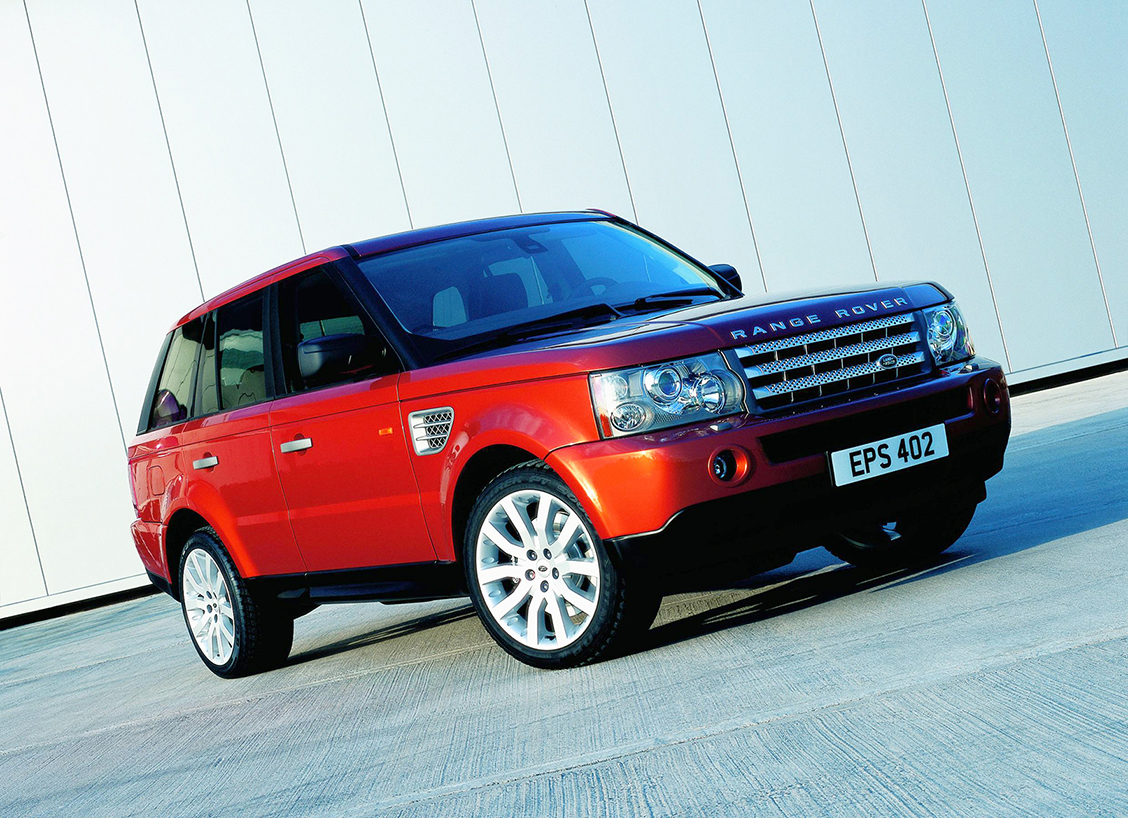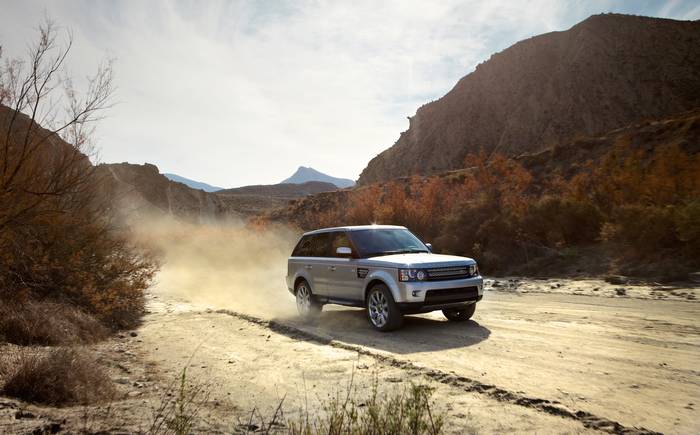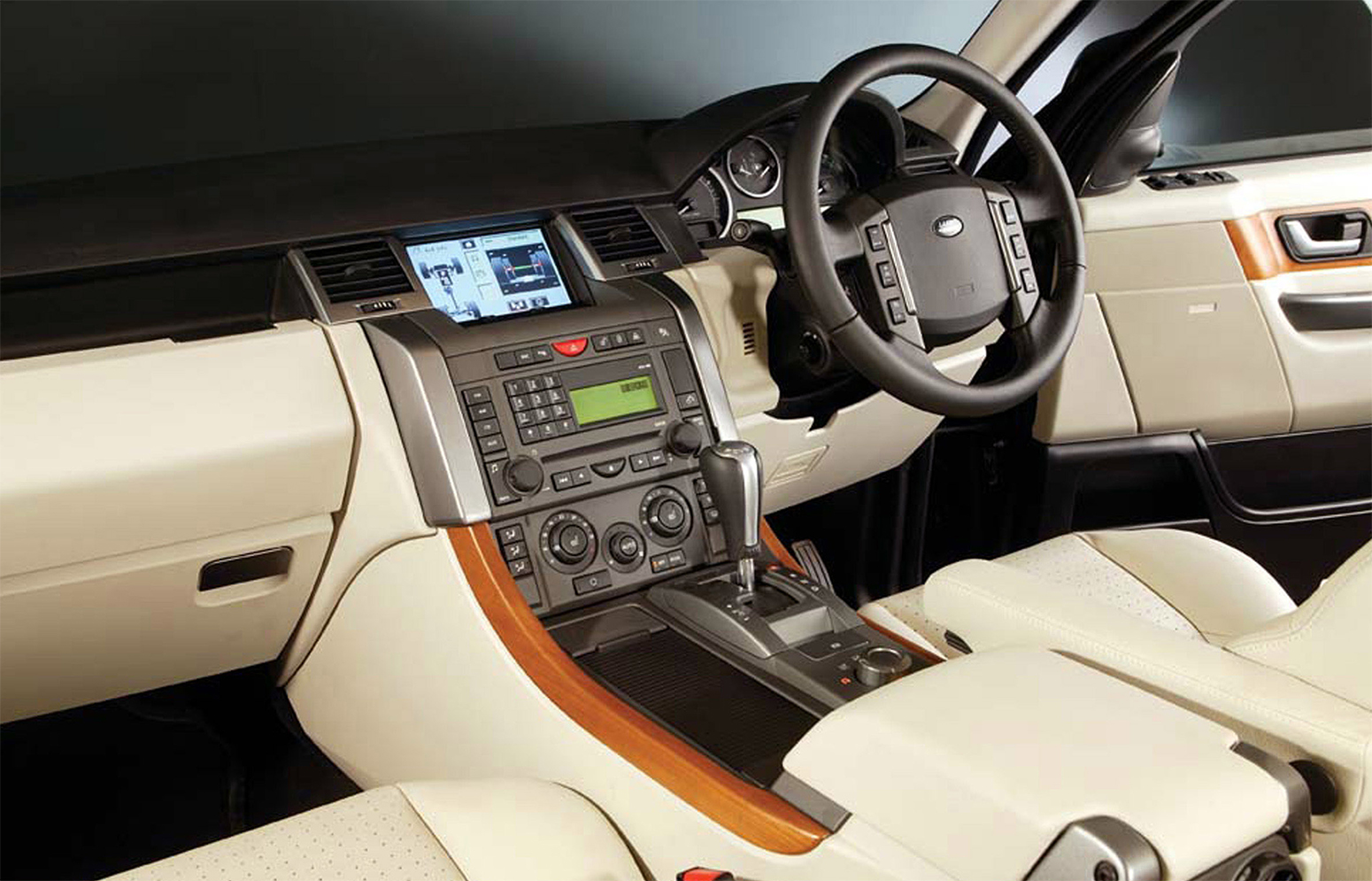Range Rover Sport review (2005-2013)
The first sign that Land Rover can pander directly to fashion trends
What is the Range Rover Sport?
This is the first Land Rover product designed specifically to suit the dictates of fashion, and it accepts that people want the 4×4 look, not its abilities. Such people seldom actually use the things in the way nature intended.
So it looks like a lower-slung, hunkier, racier Range Rover, a look that grew out of the Range Stormer concept car but didn’t translate into production quite as faithfully as the Land Rover LRX did, which became the Range Rover Evoque. It has a “faster” windscreen rake than a regular Range Rover’s, side vents like a sports car’s, a slightly lower driving position and huge wheels with low-profile tyres.
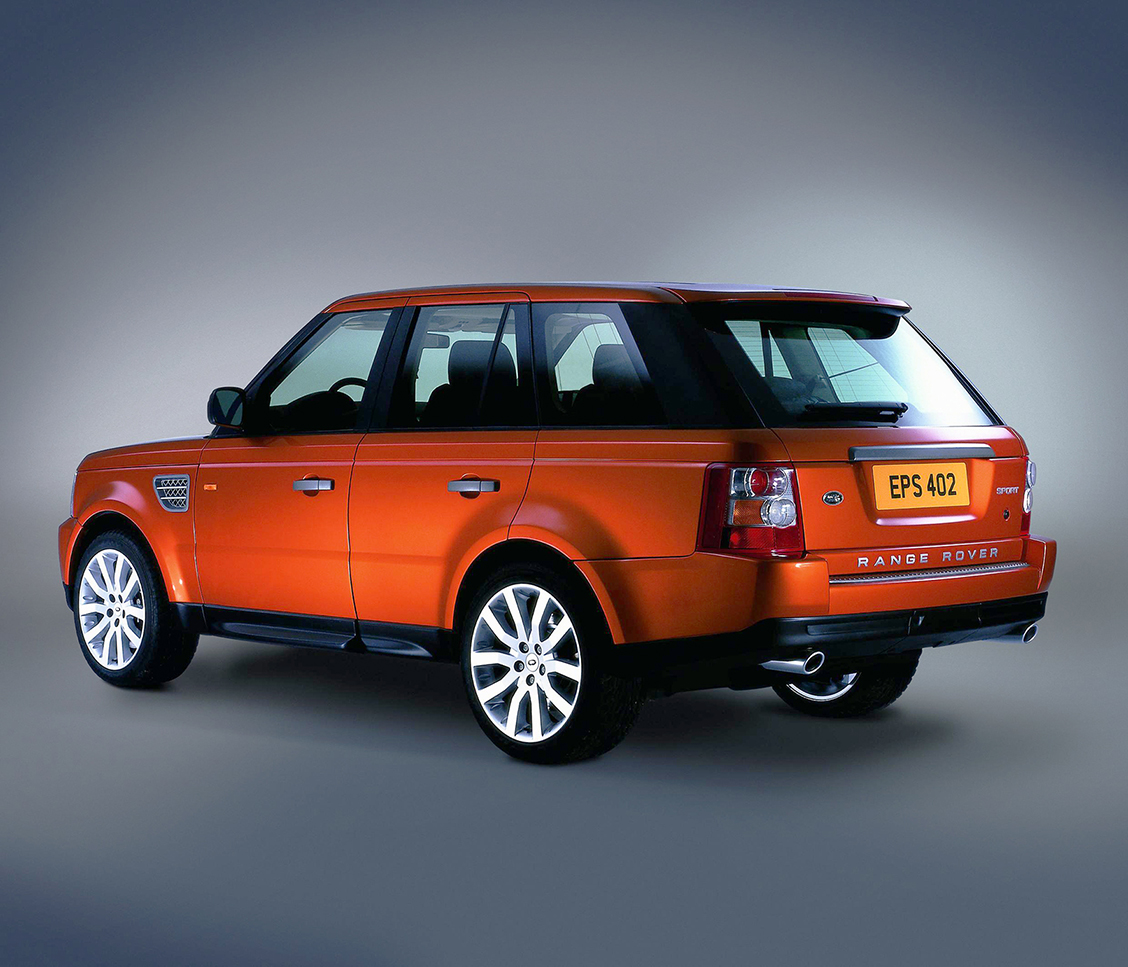
It’s also extremely heavy, being based on the Discovery’s separate-chassis construction, so almost everything about it is stacked against success in its intended role as a high-performance, sporting SUV. Inevitably many thousands of people have decided that they have to have one, so you can’t blame Land Rover for cashing in. Otherwise those buyers would be in Porsche Cayennes or, worse, BMW X6s.
At launch two very torquey engines were offered, that prove irresistible force can overcome immovable objects: a 2.7-litre V6 diesel of 188bhp and a mighty and profligate supercharged, 385bhp, 4.2-litre V8.
Over its seven-year life the first-generation Sport was given other engine options, including a 255bhp, 3-litre V6 diesel that soon replaced the 2.7; a second supercharged petrol V8 of 5 litres with a wanton 502bhp; a 268bhp 3.6-litre V8 diesel; and a 295bhp 4.4-litre V8.
The drive
Once you’ve got used to the bulk you realise that the Sport masks its size well. It stays surprisingly flat in the corners, thanks partly to the active anti-roll system, which uses hydraulic struts, while the steering lacks the springiness and feeling of being about to trip over the outside front wheel that used to be an almost unavoidable 4×4 hallmark.
The square-cut corners make the Sport easy to place through (wide) gaps, and despite the tautness of its handling it gives quite a comfortable ride over bumps. Most buyers’ extravagance doesn’t extend to the V8 with its embarrassing 348g/km official CO2 rating, but those who get to indulge will enjoy an incongruously rapid pace — 5.9 seconds to 62mph and a 140mph top speed — as the globe warms up behind them.
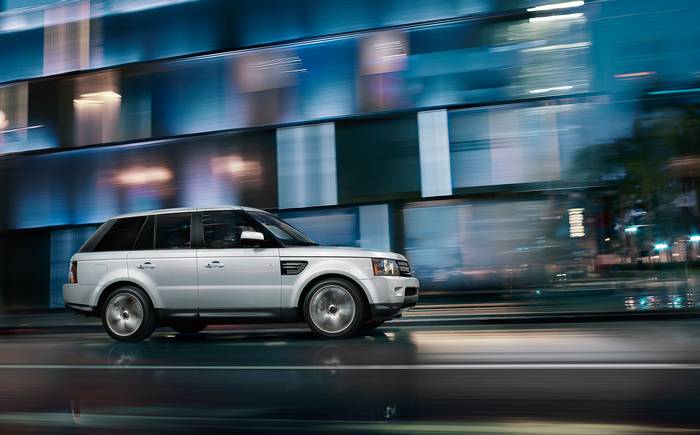
The more sensible turbodiesel, with the later eight-speed automatic gearbox rather than the original six-speed, is still a smooth, punchy engine that allows the brisk enough demolition of roads without too much associated eco-guilt. It is without doubt the definitive choice.
The interior
Inside, it’s much like a regular Range Rover with that broad centre tunnel stocked with Terrain Response off-roading controls (useful for hauling the boat out of the water or the horsebox out of the Badminton mire) but a little more intimate thanks to the Sport’s racier profile. The feel is more cockpit-like but there’s still plenty of room for five and their luggage en route to the ski-slopes.
The top Autobiography models have all the equipment you could reasonably desire. A V8 Autobiography runs roughshod over those of egalitarian persuasion more effectively than almost anything else.
The one to buy
Range Rover Sport 3.0 TDV6
Specifications
- Engine:
- 2993cc, V6 turbodiesel
- Power:
- 255bhp @ 4000rpm
- Torque:
- 442 lb ft @ 2000rpm
- Transmission:
- 8-speed automatic, four-wheel drive
- Acceleration:
- 0-62mph in 8.8sec
- Top Speed:
- 124mph
- Fuel
- 32.1mpg
- CO2:
- 230g/km
- Road Tax Band:
- L
- Dimensions:
- L 4783mm, W 1932mm, H 1784mm


